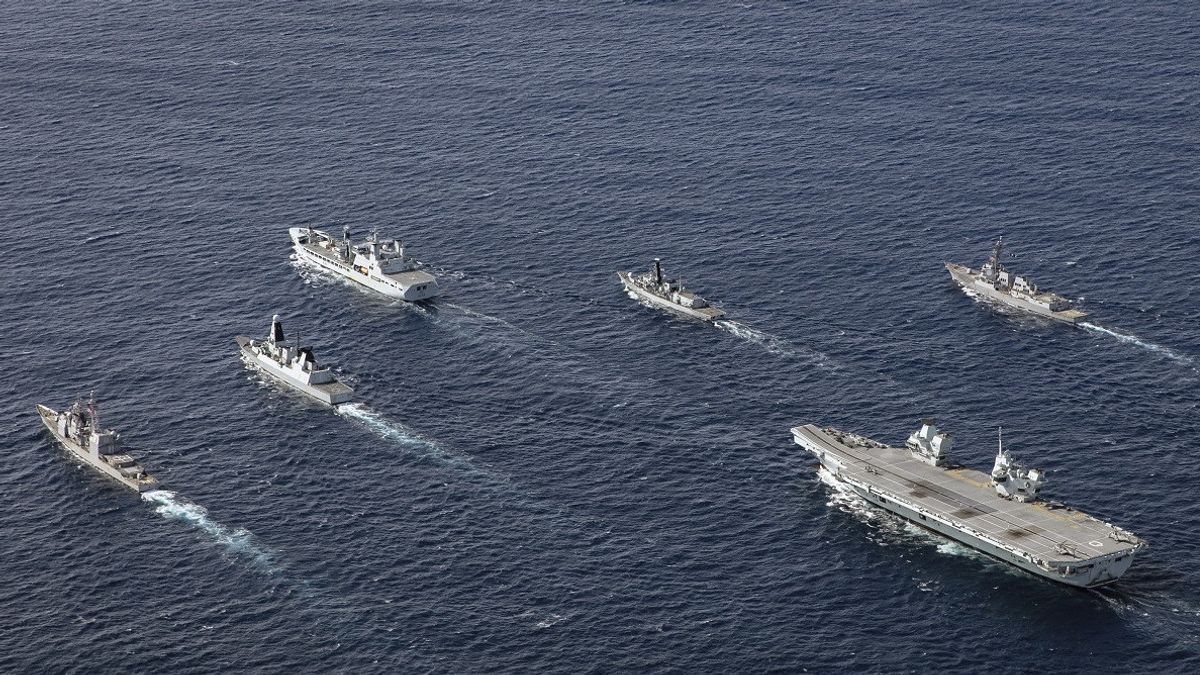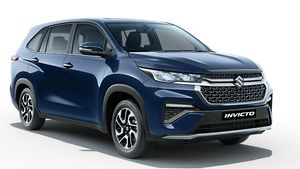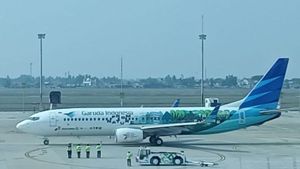JAKARTA - The British government plans to permanently place two of its warships in Asian waters, along with the planned arrival of the largest navy ever deployed by Britain to Japan in September.
The planned visit of the fleet, led by the aircraft carrier HMS Queen Elizabeth, is in line with London's efforts to deepen its security ties with Tokyo, which is concerned about China's territorial stretches in Asian waters.
The ship will arrive in Japan via the South China Sea which is partly claimed by China, with stops in India, Singapore and South Korea.
"Following the initial deployment of the strike group, the UK will permanently deploy two ships in the region from the end of this year," British Defense Secretary Ben Wallace said in a joint announcement with Japanese Defense Minister Nobuo Kishi in Tokyo.
Meanwhile, Minister Kishi said HMS Queen Elizabeth and her escort ship would part with the two ships, to further visit the United States (US) and Japanese naval bases along the Japanese Archipelago.
A close US ally, Japan hosts the largest concentration of US military forces outside the United States, including ships, aircraft and thousands of Marines.
However, British ships will not have permanent bases, a spokesman for the British Embassy in Tokyo said when asked from which ports Royal Navy ships would operate.
Wallace, who traveled to Japan with a delegation of military commanders, said Britain also plans to deploy the Littoral Response Group, a unit of marines trained to carry out missions ranging from evacuation to anti-terror operations.

As previously reported, Britain announced plans to launch its largest naval fleet in recent years, on a long mission across the Pacific on April 26. Britain wanted to display the active role of its influence and naval power.
"When our Carrier Strike Group (CSG) sets sail next month, it will fly the flag for Global Britain, project our influence, signal our strength, engage with our friends and reaffirm our commitment to addressing security challenges today and tomorrow." Wallace said last April.
"Britain is not stepping back, but is sailing to play an active role in shaping the international system of the 21st century," Wallace continued.
The fleet, led by HMS Queen Elizabeth, will be accompanied by two destroyers, two anti-submarine frigates, one submarine and two supply ships for logistics.
Not only that, a guided missile destroyer of the United States Navy and a Dutch frigate that will be assigned to air defense also sailed in this group of warships," the Ministry of Defense said.
Air power in the group will be concentrated on the UK's RAF F-35B and US Marine Corps F-35B stealth fighters, all of which will fly from the deck of the aircraft carrier HMS Queen Elizabeth.
This combined air power will be the largest in a British warship group, since HMS Hermes in 1983. It will also be the largest air group collaboration of fifth generation fighter aircraft in the world.
Last March, Britain cited the Indo-Pacific region as one of the trends in its military and foreign policy review. In yesterday's announcement, the mission of this warship group was to enhance Britain's security role in the Indo-Pacific region.
Britain also plans to hold joint military exercises with India, Japan and South Korea as well as US troops in the region. In addition, it is also planned to hold a joint exercise 'Five Powers Defense Agreement', between Britain, Malaysia, Singapore, Australia and New Zealand, marking the 50th anniversary of this defense pact.
As part of the trip to the Pacific, the group will visit 40 countries, crossing the Mediterranean Sea and Indian Ocean on their way to the Pacific, covering a distance of nearly 30,000 miles (48,280 kilometers).
The English, Chinese, Japanese, Arabic, and French versions are automatically generated by the AI. So there may still be inaccuracies in translating, please always see Indonesian as our main language. (system supported by DigitalSiber.id)













